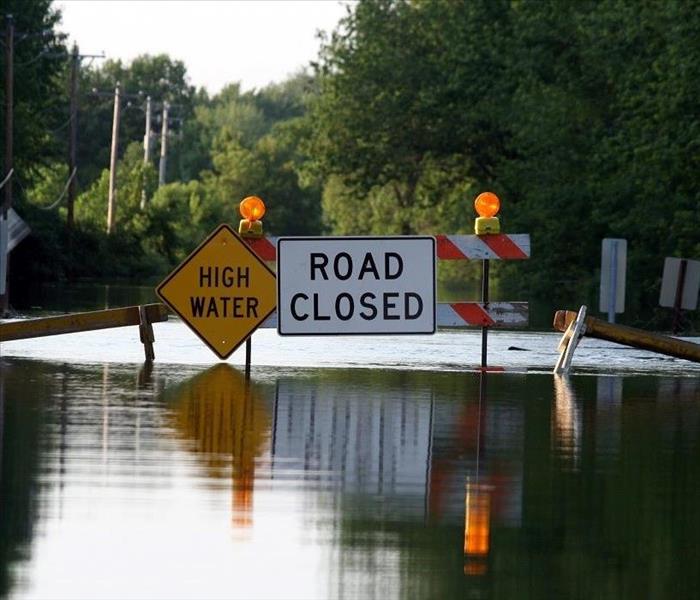SERVPRO Explains the Science Behind Flood Damage Restoration in Frederick
12/18/2019 (Permalink)
 Flooding can happen any time of the year. Should floodwaters enter your home, call SERVPRO for a fast and complete restoration.
Flooding can happen any time of the year. Should floodwaters enter your home, call SERVPRO for a fast and complete restoration.
Proper Calculations Underlie Successful Flood Damage Outcomes in Frederick
Homeowners might not realize how much the success of professional flooding response efforts rely on applied math and science. Every phase of our disaster recovery plans depends on our management team and technicians mastery of content presented by the Institute of Inspection, Cleaning and Restoration Certification (IICRC) concerning psychrometry, the science of drying. We commit to keeping current on all the psychrometry standards developed by the IICRC, ensuring we adhere to industry best practices during every job.
Extract Then Dry
When flood damage invades your Frederick home containing and removing the water is the priority. Our service vehicles arrive with commercial-grade equipment capable of removing up to 36,000 gallons of fluid daily. Physical extraction is fundamental to flood damage mitigation and remediation, and every drop of water pumped or extracted substantially reduces the time it takes to restore moisture levels to normal. We do not shortchange this step, as it is the foundation for appropriate applied structural drying.
Principal Drying Factors
Once the bulk of floodwater exits, SERVPRO determines the drying goals and the blueprint for reaching those goals. This planning is time well-spent and involves numerous calculations based on moisture detection readings and spacial measurements in the affected areas. We balance the following elements according to research-based formulas to dry out your flooded space fast.
Temperature
The “sweet spot” is 70 to 90 degrees, as hot air holds higher moisture levels. It can be challenging for dehumidifiers to keep up with the moisture load when temperatures exceed 85 degrees, which requires extra care on our end. If more vapor is present than can be captured by dehumidifiers, structural components and contents can reabsorb moisture from the higher humidity air. We might need to add dehumidifier units to account for this disparity.
Quantity of Water Needing Evaporation
This amount reduces with aggressive extraction. Physical extraction is known to be 1200 times more efficient than dehumidification, so SERVPRO tries to eliminate as much liquid water as possible before drying activity.
Humidity
During active drying, we try to maintain relative humidity (RH) below 60 percent, adding dehumidifiers if needed to hit that mark. SERVPRO aims for RH dropping to 40 percent or lower after 24 hours of drying to ensure the process is moving along and to inhibit microbial growth.
Air Movement
Proper positioning of air movers is vital to drying, primarily directing the airflow at an angle to walls so as not to re-saturate them by blowing back humid air. We periodically reposition air movers to ensure even drying, supported by moisture level data.
The managers and technicians at SERVPRO of Frederick County are confident when they apply drying theory to your flood damage scenario. Call (301) 662-1747 to set up an assessment and plan for the flood abatement project.
More about Frederick.






 24/7 Emergency Service
24/7 Emergency Service